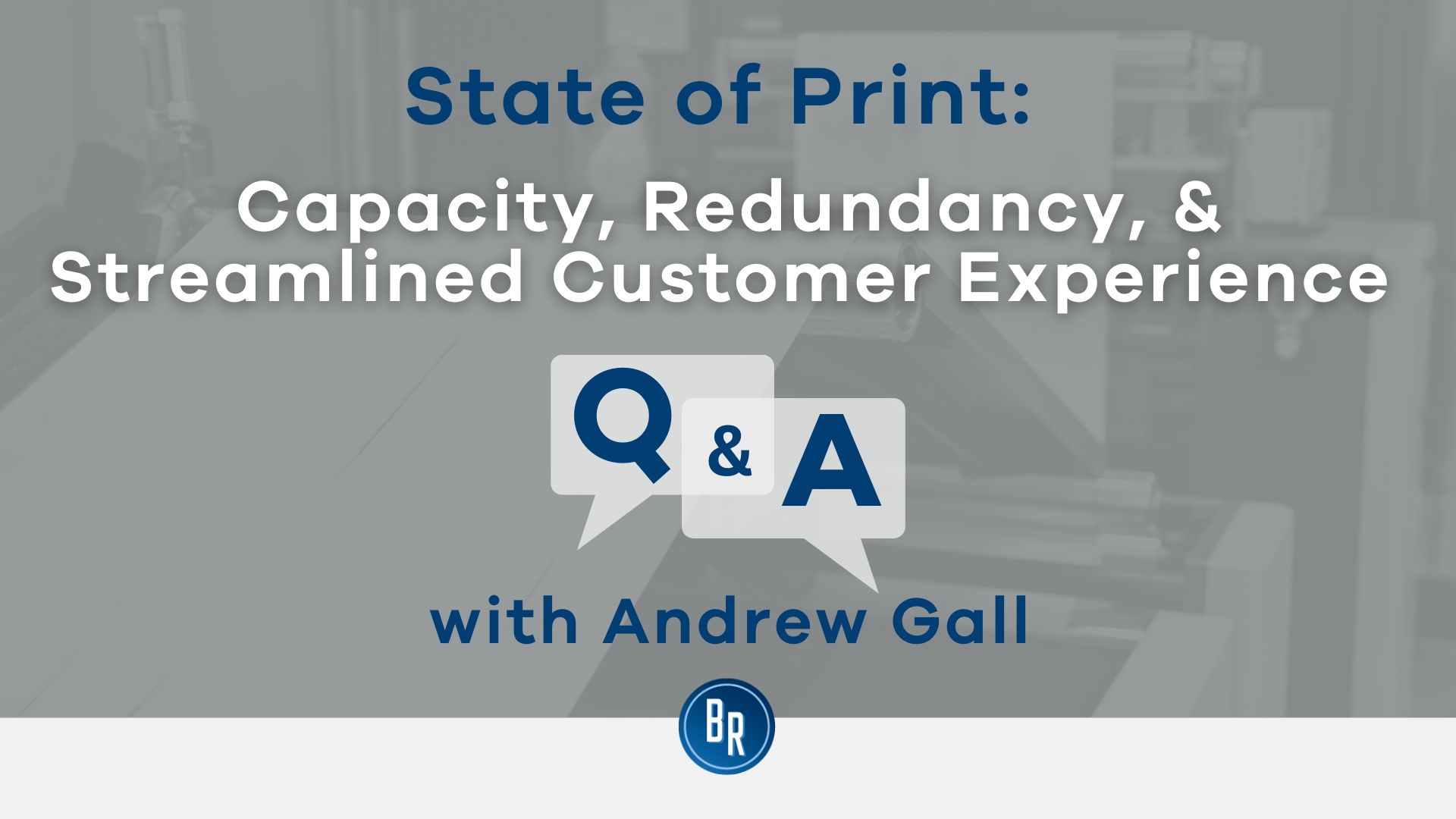Small Business Closing Employee Rights UK: What You Required to Learn About Redundancy
Wiki Article
Exploring the Operational Dynamics of Business Redundancy and Its Long-Term Sustainability

Redundancy Approaches for Business Continuity
In order to make certain nonstop procedures, services have to carry out efficient redundancy techniques for business connection. Redundancy in this context describes the replication of crucial parts or features within a system to mitigate the effect of potential failings. By including redundancy techniques, organizations can enhance their strength versus disturbances triggered by various variables such as natural catastrophes, devices failings, or cyber-attacks.
One usual redundancy method is the application of backup systems and information storage space options. This entails creating duplicates of vital information and systems that can be triggered in case of a main system failure. In addition, organizations can establish redundant communication channels and power resources to maintain connectivity and operations throughout unanticipated events.
Moreover, cross-training employees to do several duties within the business can serve as an important redundancy method. This makes certain that necessary jobs can still be performed also if crucial workers are inaccessible because of disease or other reasons. On the whole, efficient redundancy techniques are essential for companies to promote functional continuity and decrease the effect of prospective disruptions.
Impact of Redundancy on Organizational Resilience
Offered the critical duty redundancy techniques play in making sure business connection, exploring the impact of redundancy on organizational strength ends up being essential for comprehending the holistic functional dynamics of a business. Redundancy, when purposefully applied, can dramatically add to enhancing a company's resilience in the face of unforeseen obstacles.Furthermore, redundancy can strengthen worker morale and confidence, knowing that there are contingency strategies in position to resolve unpredicted circumstances. This feeling of safety can lead to boosted productivity and a more favorable work atmosphere. Furthermore, redundancy can promote advancement and creative thinking within an organization as workers feel empowered to take calculated dangers, recognizing that there is a safety and security internet to sustain them in situation of failing. Overall, the influence of redundancy on business durability is profound, forming the long-term sustainability and success of a company.
Balancing Performance and Flexibility in Redundancy
Attaining an unified stability between operational performance and adaptive adaptability is an essential challenge in the strategic deployment of redundancy within companies. Efficient operations are important for maintaining productivity and cost-effectiveness, making sure that sources are utilized efficiently. However, extreme emphasis on effectiveness alone can cause strength, making it challenging for organizations to adjust to unforeseen modifications or difficulties. On the other hand, versatility permits organizations to react nimbly to progressing situations, promoting development and resilience. Yet, too much versatility without a solid functional foundation can cause inefficiencies and inconsistency.To balance performance and flexibility in redundancy preparation, companies have to very carefully assess their functional requirements, market dynamics, and critical objectives. Applying lean techniques can boost effectiveness by getting rid of and streamlining procedures waste, while cultivating a society of versatility and continual enhancement can improve adaptability. Additionally, buying cross-training programs and robust communication networks can aid cultivate a functional workforce capable of taking care of varied jobs during periods of change. Inevitably, finding the appropriate equilibrium between effectiveness and versatility is vital for constructing a lasting and durable organization when faced with unpredictability.
Long-Term Sustainability Via Redundancy Planning
To guarantee enduring stability and stability, companies must tactically straighten their redundancy planning with long-lasting sustainability goals, therefore balancing functional performance with adaptive flexibility. Long-term sustainability through redundancy preparation includes even more than just temporary cost-cutting steps. It needs an extensive tactical approach that expects future obstacles and possibilities. Business ought to watch redundancy not as a responsive solution to prompt problems however as a proactive technique for long-term success. By incorporating redundancy planning with sustainability goals, organizations can produce a resistant structure that can withstand different market variations and interior adjustments.
Proactive Steps for Lasting Business Workflow
Just how can companies proactively improve their functional sustainability for long-term success? Carrying out positive measures is crucial for companies intending to make certain sustainable operations.Furthermore, fostering a society of continuous renovation and discovering within the company can enhance flexibility to altering market conditions and consumer demands. Encouraging employee involvement in decision-making processes and offering possibilities for expert growth can increase morale, performance, and overall efficiency. Developing clear objectives, monitoring crucial performance indications, and routinely reviewing progress are vital components of positive sustainability monitoring.
Working together with distributors, consumers, and other stakeholders to promote lasting techniques throughout the supply chain can develop a causal sequence of favorable influence - redundancy pay if company goes bust. By taking positive actions in the direction of operational sustainability, firms can develop strength, drive innovation, and safeguard their long-term success in an ever-evolving organization landscape
Conclusion

In the realm of organizational monitoring, the calculated implementation of company redundancy stands as a crucial yet complex technique that necessitates a fragile balance between operational performance and long-lasting stability. By studying the operational dynamics that underpin company redundancy and assessing its more comprehensive ramifications for business durability and adaptability, a nuanced understanding of exactly how redundancy strategies can shape the future trajectory of a company begins to unravel.Provided the vital function redundancy strategies play in ensuring organization continuity, checking out the influence of redundancy on organizational strength ends up being necessary for understanding the all natural operational characteristics of a business. Overall, the effect of redundancy on organizational strength is profound, shaping the lasting sustainability and success of a firm.
In final thought, understanding the functional dynamics of company redundancy is essential for guaranteeing long-lasting sustainability.
Report this wiki page